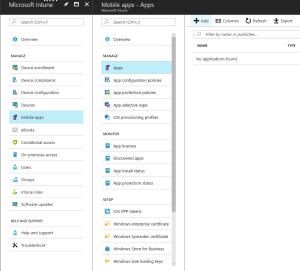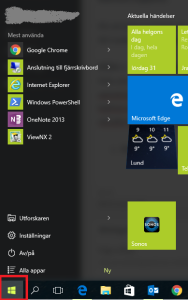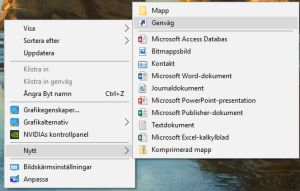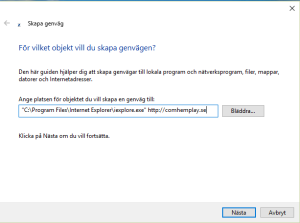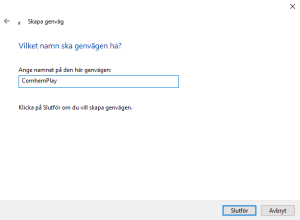In the world of Mobile Device Management systems, Microsoft has been working from a different angle than many of its competitors when it comes to how they have addressed security. Instead of creating additional layer of proxied solutions, the core has been built around having security at the heart of the products. When moving the MDM component of the Enterprise Mobility + Security suite to the Azure portal, Microsoft hasn’t held back on the new features that are being pushed through the portal.
Integrated app store search
With the launch of Windows AutoPilot, Microsoft initiates a serious step towards having a single console for all management, independent of what device that is used. Deploying apps to a mobile device has traditionally been done through finding the URL for the app in each respective app store, copying that URL and then entering it into the MDM system of choice, Intune included.
The latest addition is the integrated store search in the Intune on Azure portal. The process is as smooth as click-click-search, all in the Azure portal.
In the Intune portal, going to the Apps section displays the apps that have been deployed in the environment.
By clicking the encircled “Add” button in the top menu, the Intune add app blade is shown.
Coming from the traditional choice of either an iOS app, Microsoft has expanded the options of app distribution quite substantially. Apart from the traditional platforms, Office 365 Pro Plus Suite is now available as a readily available option. Going for the traditional iOS store app will however give a completely different layout. When clicking the “Select app” option, a direct integrated search of the Apple AppStore is shown, giving the admin a direct way of deploying the app. Gone are the additional steps of jumping between portals!
Selecting the app of choice doesn’t just select the app but pulls the additional information about the app straight into Intune, making it readily available for deployment. Yet another major change is the automatic pull of the official app icon and yet another step in app deployment is thereby gone. The app icon can of course be changed, but the default icon is the standard icon from the AppStore of choice.
Wrap-up
Microsoft is continuing to work with the Intune platform and this is just yet another addition to this journey. I will be covering more of those options in future posts so keep visiting for further info.
/JRAMTheTech
